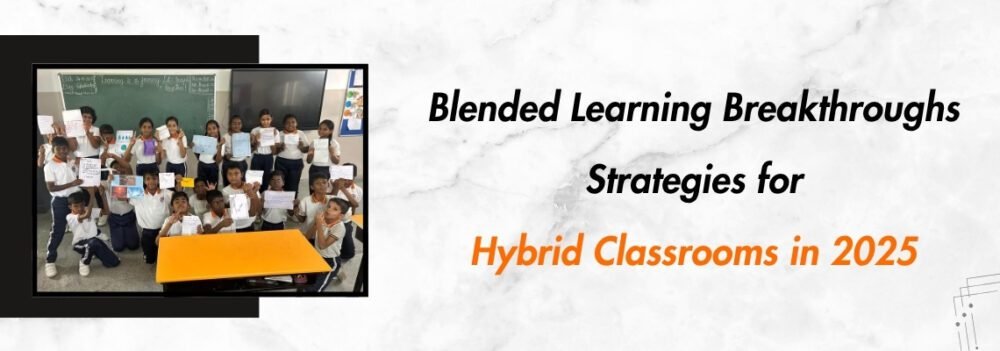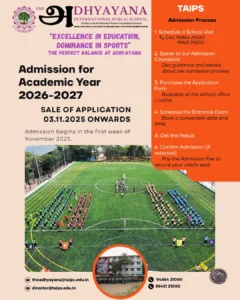Blended learning strategies 2025 are reshaping how schools plan lessons, mix online tools, and guide students in class. As classrooms balance digital and face-to-face time, teachers can use clear steps to help every learner. In this guide, you will find simple ways to set up a hybrid class, keep students active, and check progress before exams. Each idea is easy to follow and uses everyday language. Whether you teach a small group or a large class, these strategies will help you connect with students and improve results.
Setting Up a Flexible Schedule
A clear plan helps students know when to join online lessons and when to come to class. Start by listing all topics and decide which work best online—like videos or quizzes—and which fit hands-on practice in the room. Share this plan at the term’s start so students and parents know what to expect. Use an easy calendar tool that shows dates for each online task and each in-class meeting. When students see the full schedule, they feel less stressed and can prepare for each part of the course.
Using Simple Online Tools
You don’t need a big budget or fancy software to teach online. Choose a free or low-cost platform where you can upload short videos, share reading files, and give quizzes. Make sure it works on phones since many students use mobile devices. Keep online lessons under 10 minutes to hold attention. Add a quick quiz or poll at the end to check if students understood. Share all links in one place, like a web page or a class chat group, so students never lose access. This blend of tools keeps learning fresh without confusion.
Keeping Students Active in Class

When students come to the school building, mix group work, discussions, and hands-on projects. Use the time to solve problems that need personal help, like reading hard texts or doing science experiments. Start each class with a short review of the online lesson to tie the two parts together. Ask students to bring questions from their homework and let them teach a small part of the lesson. This gives everyone a role and keeps the group lively. Active class time makes the digital part more meaningful.
Supporting Students with Different Needs
Some students learn fast online, while others do better with a teacher right beside them. Plan extra help sessions at school for those who need a bit more support. Offer quick online check-ins or chat rooms for students to ask questions any time. Pair students so they can help each other, and switch partners often so no one feels left out. Keep notes on who asks for help and on what topics. This way, you can adjust your plan and give extra practice before the exam to students who need it.
Tracking Progress Before Exams
To see if students are ready for an exam, use both online and in-class checks. Online quizzes can give instant scores so students know where they stand. In class, run short reviews where each student answers a question or explains one point to the group. Keep a simple chart—on paper or in a file—that shows scores and participation for each student. Share this with students so they can track their own growth. If someone is behind, offer extra tasks or a short one-on-one meeting before the big test.
Preparing for Exam Day
As exams draw near, give students a clear list of what to study online and in class. Post sample questions and short videos that highlight key ideas. Organize a live review session where students can ask final questions. Let students choose one topic they want to practice more, and use online polls to pick the most requested topics for class review. Make sure students know the exam schedule and what materials to bring. A calm, well-shared plan lowers nerves and boosts confidence.
Reviewing and Improving for Next Term
After the exam, spend a class session collecting feedback. Ask students which parts of the blended plan worked well and which felt hard. Use a short online survey and a quick in-class chat to gather ideas. Note any tools that caused trouble or lessons that felt too long. Use this information to adjust the schedule, swap out tools, or add extra support where needed. Continuous review makes the next term smoother for both teachers and students.
These blended learning strategies for 2025 help schools bring together online lessons and class time in a clear, simple way. By planning ahead, choosing easy tools, and checking in often, teachers can guide students through each step and help them succeed in both learning and exams.


